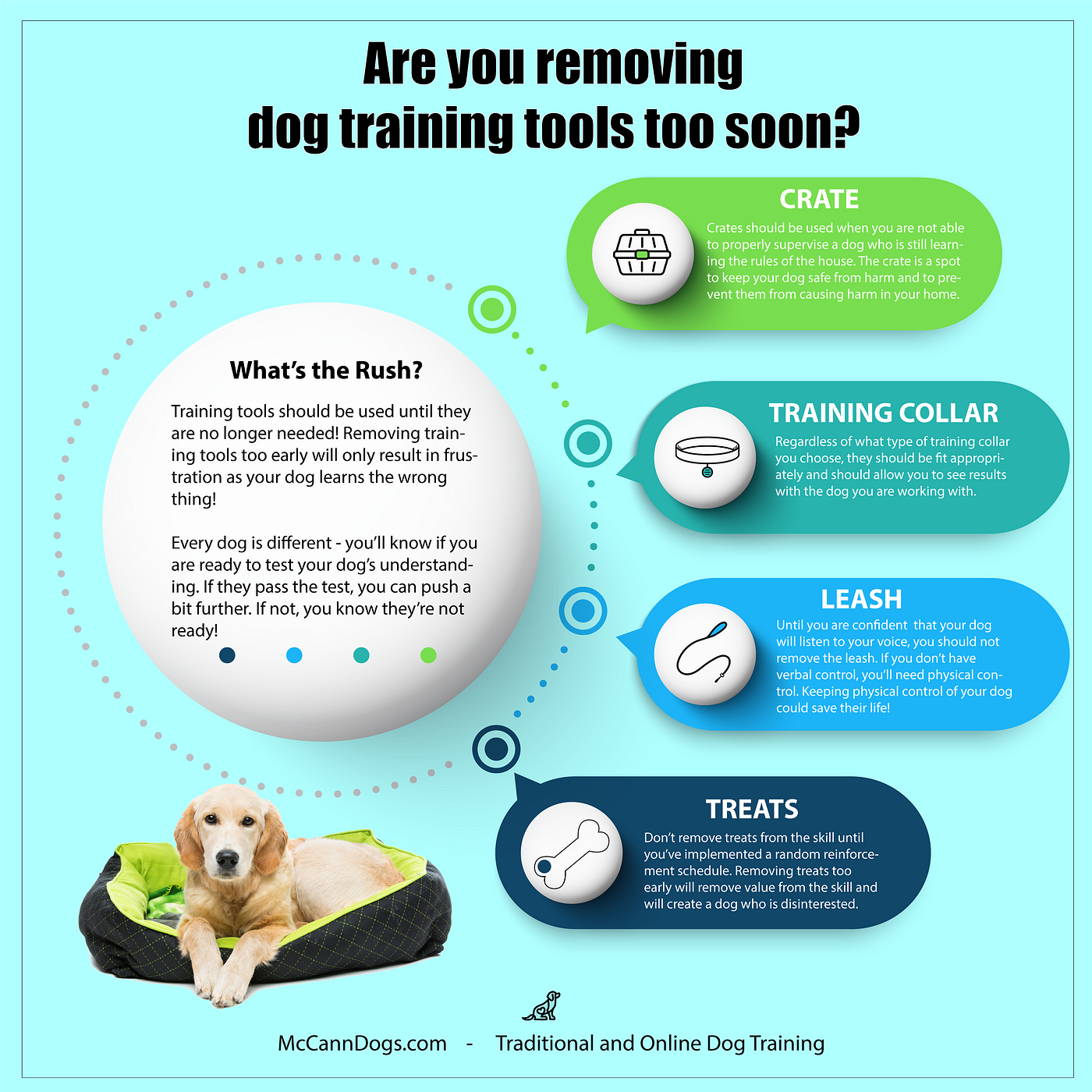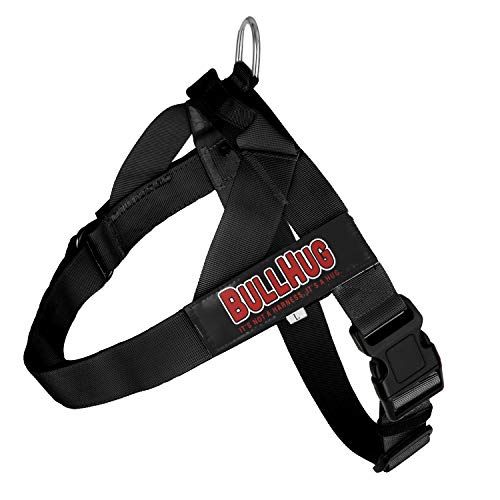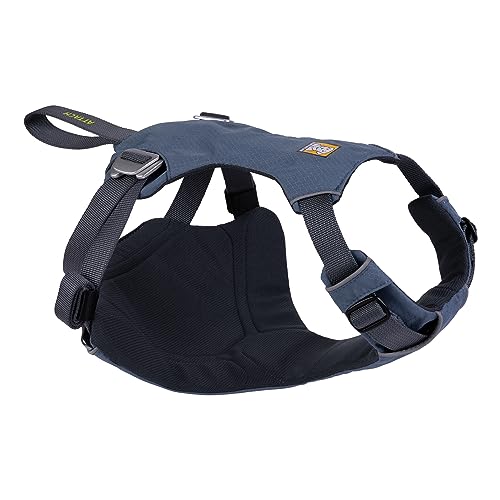Training your dog beyond the basics can unlock a whole new level of connection and fun between you and your furry friend. Imagine your dog responding quickly to advanced commands, impressing everyone at the park, and behaving perfectly even in tricky situations.
You might wonder how to get there. This guide will show you simple, effective steps to advance train your dog, making the process enjoyable for both of you. Ready to transform your dog’s skills and deepen your bond? Keep reading to discover proven techniques that really work.
Choosing The Right Training Method
Choosing the right training method helps your dog learn faster and enjoy the process. Focus on techniques that match your dog’s personality and energy level. Consistency and patience play a big role in successful advanced training.
Choosing the right training method for your dog can make all the difference in fostering a well-behaved and happy companion. The journey to advanced dog training is not just about teaching commands; it’s about building a trusting relationship between you and your furry friend. Understanding different techniques will help you decide which approach suits your dog’s personality and your training style. Whether you’re a first-time dog owner or have years of experience, selecting the right method is crucial.
Positive Reinforcement Techniques
Positive reinforcement is a powerful tool that encourages your dog to repeat desired behaviors. Rewarding your dog with treats, praise, or playtime when they follow commands can create a positive association with training sessions. Imagine the joy on your dog’s face when they receive a treat for sitting quietly. This joy reinforces their behavior, making them eager to learn more. Keep treats handy during training, and you’ll notice your dog’s enthusiasm grow. Consistency is key. Make sure you reward your dog immediately after they perform the desired action. This immediate feedback helps them understand what they did right.
Clicker Training Benefits
Clicker training is a popular positive reinforcement method that involves using a small device that makes a clicking sound. The click signals to your dog that they’ve done something correctly, followed by a reward. The benefits of clicker training are numerous. It provides precise communication with your dog, making it easier for them to understand what you expect. The sound of the click is distinct, ensuring your dog knows exactly when they’ve succeeded. Clicker training can also be a fun and interactive experience for both you and your dog. It allows you to teach complex behaviors in small steps, keeping your dog engaged and eager to learn.
Avoiding Common Pitfalls
Even the best training methods can go awry if you’re not careful. One common mistake is inconsistency. If your dog receives mixed signals, they might become confused and less responsive. Another pitfall is overusing treats. While treats are great motivators, relying too heavily on them can lead to your dog expecting a reward every time. It’s essential to gradually reduce treat frequency as your dog becomes more proficient in following commands. Lastly, avoid frustration. If you find yourself getting irritated, take a break. Training should be enjoyable for both of you. Remember, patience and understanding will strengthen your bond and lead to successful training sessions. Choosing the right training method is an essential step in ensuring your dog becomes a well-mannered member of your family. By focusing on positive reinforcement, utilizing clicker training, and avoiding common mistakes, you pave the way for a rewarding and fulfilling experience for both you and your dog.

Credit: mccanndogs.medium.com
Building On Basic Commands
Building on basic commands is essential to take your dog’s training to the next level. It strengthens your dog’s understanding and responsiveness while making daily interactions more enjoyable. You can create a solid foundation by improving on simple commands before moving to complex behaviors.
Extending Sit And Stay
Start by increasing the duration your dog holds the sitand staycommands. Gradually add a few more seconds each session to build patience and focus. Use a calm, steady voice and reward your dog consistently when they succeed.
Try adding distractions like light noises or movement to test their control. This challenge helps your dog learn to obey even in real-life situations. Have you noticed how your dog reacts when someone walks by during a stay? Use that as a training opportunity.
Introducing Advanced Commands
Once your dog masters basic obedience, you can add commands like roll over, heel, or fetch specific items. Break these commands into small, clear steps, rewarding progress patiently. Remember, consistency is key; practicing daily helps your dog retain new skills.
Try teaching your dog to fetch your slippers or bring the newspaper. These useful commands deepen your bond and give your dog a sense of purpose. What practical tricks would make your daily routine easier?
Combining Multiple Commands
Challenge your dog by stringing together commands, such as sit, stay, followed by come. This builds mental agility and improves communication between you and your dog. Start slow and increase complexity only when your dog performs each step reliably.
Use clear signals and praise each correct action to keep your dog motivated. You might find that combining commands helps your dog understand the bigger picture rather than isolated tasks. How could combining commands improve your walks or playtime?
Improving Focus And Attention
Improving your dog’s focus and attention is key to advancing their training. A dog that pays close attention will learn faster and respond more accurately to commands. It’s about creating the right environment and using strategies that keep your dog engaged and eager to learn.
Minimizing Distractions
Start training in a quiet space where your dog feels safe and calm. Turn off the TV, put away toys, and avoid busy areas. This helps your dog concentrate on you without competing noises or sights.
Once your dog masters commands in a calm spot, slowly add distractions. Try practicing near a window with passing cars or in a park with distant sounds. Notice how your dog reacts—do they stay focused or get easily distracted?
Using Reward Timing
The moment your dog does what you ask, reward them immediately. Timing is everything. If you wait too long, they won’t connect the reward to the action.
I once delayed a treat by a few seconds and my dog looked confused. When I gave the treat right away next time, her response was instant. Try using treats, praise, or toys as quick rewards to keep your dog’s attention sharp.
Short Training Sessions
Keep training sessions brief—around 5 to 10 minutes. Dogs, like people, have limited attention spans. Short bursts of learning prevent boredom and frustration.
You might be tempted to train longer, but your dog will lose focus. Instead, plan multiple short sessions throughout the day. This approach keeps your dog excited and ready to learn each time.
Teaching Complex Tricks
Teaching your dog complex tricks challenges both their mind and your training skills. These tricks require patience, clear communication, and breaking down tasks into manageable parts. You’ll see your dog’s confidence grow as they master new, impressive behaviors.
Step-by-step Trick Breakdown
Start by dividing the trick into small, simple steps. For example, if teaching your dog to “roll over,” first get them to lie down, then encourage a shoulder roll, and finally complete the full roll.
Practice each step until your dog is comfortable before moving on. This approach keeps your dog from getting overwhelmed and builds success gradually.
- Focus on one step at a time
- Use treats and praise generously
- Repeat consistently for better retention
Encouraging Problem Solving
Let your dog figure out parts of the trick by themselves. Instead of giving constant prompts, pause and wait for your dog to try different behaviors.
This helps your dog develop critical thinking and keeps training sessions interesting. Have you noticed how your dog’s curiosity spikes when you give them a challenge?
- Use puzzle toys during training
- Reward creative attempts
- Stay patient and supportive throughout
Using Hand Signals
Hand signals add clarity to your commands and can be easier for your dog to understand than verbal cues alone. Choose simple, distinct gestures for each trick component.
Practice pairing the hand signal with the verbal command, then gradually rely more on the signal. This improves communication, especially in noisy environments or at a distance.
| Trick | Verbal Command | Hand Signal |
|---|---|---|
| Sit | “Sit” | Open palm facing up |
| Stay | “Stay” | Flat hand held out |
| Roll Over | “Roll over” | Circle motion with finger |
Have you tried using hand signals with your dog yet? It might change the way you connect during training sessions.
Addressing Behavioral Challenges
Addressing behavioral challenges is a key part of advanced dog training. Dogs may show anxiety, fear, or unwanted habits. Tackling these issues helps your dog feel safe and behave well. It also makes training more effective and enjoyable. Understanding the root cause of behaviors is important before correcting them.
Managing Anxiety And Fear
Many dogs suffer from anxiety and fear. Loud noises, new places, or strangers can cause stress. Watch your dog’s body language for signs like trembling or hiding. Help your dog by creating a calm environment. Use gentle tones and slow movements to build trust. Gradually expose your dog to triggers in small steps. Reward calm behavior with treats or praise. Avoid forcing your dog into situations too quickly. Consistent, positive experiences reduce anxiety over time.
Correcting Unwanted Behaviors
Unwanted behaviors include barking, chewing, or jumping. Identify what causes these actions. Redirect your dog’s attention to a positive activity. Use clear commands like “sit” or “leave it.” Reward good behavior immediately to reinforce learning. Avoid yelling or physical punishment. These can increase fear and worsen behavior. Teach alternative behaviors to replace bad habits. Use toys or puzzles to keep your dog busy. Consistent training prevents bad habits from returning.
Consistency And Patience
Consistency is crucial for lasting behavior change. Use the same commands and rewards every time. Everyone in the household should follow the same rules. Patience helps your dog learn at their own pace. Expect mistakes; they are part of the process. Keep training sessions short and frequent. Celebrate small successes to stay motivated. Over time, patience and consistency build strong, positive habits.

Credit: www.youtube.com
Incorporating Advanced Training Tools
Advanced training tools can take your dog’s skills to the next level. These tools help you communicate more clearly and make training sessions more effective. Adding the right equipment can also keep your dog motivated and engaged, especially during challenging exercises.
Harnesses And Leashes
Choosing the right harness and leash can improve control and comfort for both you and your dog. A front-clip harness helps reduce pulling and guides your dog gently, making walks less stressful. You might try a hands-free leash for jogging or hiking, which keeps your hands free and your dog close.
Think about the leash length too; a longer leash allows your dog more freedom during recall training. You don’t have to stick with basic nylon—leashes with reflective strips increase safety during nighttime walks. Have you noticed how a simple switch in gear can change your dog’s behavior instantly?
Training Apps And Gadgets
Technology offers many tools to track progress and stay consistent. Training apps can remind you of daily exercises and provide video tutorials tailored to your dog’s breed and age. Some apps even let you record your dog’s responses, helping you spot patterns and adjust your approach.
Gadgets like remote clickers or treat dispensers add convenience and precision. A remote clicker lets you mark good behavior from a distance, which is useful during outdoor training. Have you tried using a treat-dispensing camera to reward your dog when you’re not home? It’s a game-changer for reinforcing positive habits.
Agility Equipment
Introducing agility equipment can sharpen your dog’s coordination and build confidence. Start with simple obstacles like tunnels or low jumps to keep your dog excited and successful. Agility training also strengthens the bond between you and your dog by requiring teamwork and focus.
Setting up a mini agility course in your backyard is easier than you think. Use household items like cones or broomsticks to create makeshift obstacles. How could adding these fun challenges change the way your dog approaches training?
Tracking Progress And Adjusting Plans
Tracking your dog’s training progress helps you see what works and what does not. It keeps your efforts focused and effective. Adjusting plans based on progress ensures steady improvement. Monitoring growth also builds a stronger bond between you and your dog.
Setting Measurable Goals
Clear goals make training easier and more organized. Define what your dog should learn within a set time. Goals can include commands, tricks, or behavior improvements.
- Set simple, specific goals like “sit for 10 seconds.”
- Use short-term goals to keep motivation high.
- Make goals realistic based on your dog’s breed and age.
Measurable goals help you track progress and celebrate small wins.
Keeping A Training Journal
Write down daily or weekly training sessions. Note what worked well and what did not. Track your dog’s responses and improvements over time.
- Record commands practiced and your dog’s success rate.
- Include notes on distractions or difficulties faced.
- Use the journal to spot patterns or setbacks.
A journal creates a clear record to guide future training sessions.
When To Seek Professional Help
Some challenges require expert advice. Persistent behavior issues or slow progress may signal the need for a trainer. Professionals offer tailored guidance and advanced techniques.
- Consult a trainer if your dog shows fear or aggression.
- Seek help when progress stalls despite consistent effort.
- Look for certified trainers with good reviews and experience.
Professional support can improve training results and keep your dog happy.

Credit: www.dogingtonpost.com
Frequently Asked Questions
What Are The Key Steps To Advance Train Your Dog?
Advanced training involves consistency, patience, and positive reinforcement. Teach complex commands, practice regularly, and gradually increase difficulty. Use treats and praise to motivate your dog. Keep sessions short and engaging to maintain focus and prevent boredom.
How Long Does Advanced Dog Training Usually Take?
Training duration varies by dog’s age, breed, and prior experience. Typically, advanced training can take several weeks to months. Consistent daily practice accelerates progress. Patience and regular reinforcement ensure lasting results. Adjust pace based on your dog’s learning ability.
Can Advanced Training Improve My Dog’s Behavior?
Yes, advanced training enhances obedience and mental stimulation. It reduces unwanted behaviors by providing clear communication and structure. Your dog learns to respond to complex commands and social cues. This creates a well-mannered, confident, and happy pet.
What Equipment Is Needed For Advanced Dog Training?
Basic equipment includes a sturdy leash, collar or harness, and clicker. Treats and toys serve as rewards. Training mats or platforms help with specific commands. Ensure all tools are safe and comfortable. Proper gear supports effective and stress-free training sessions.
Conclusion
Training your dog takes time and patience. Small steps lead to big progress. Practice daily and keep sessions short and fun. Watch your dog’s reactions and adjust your approach. Celebrate each success, no matter how small. Consistency helps your dog learn faster and better.
Enjoy the bond you build through training. Your efforts will create a happy, well-behaved dog. Keep learning and growing together every day.







